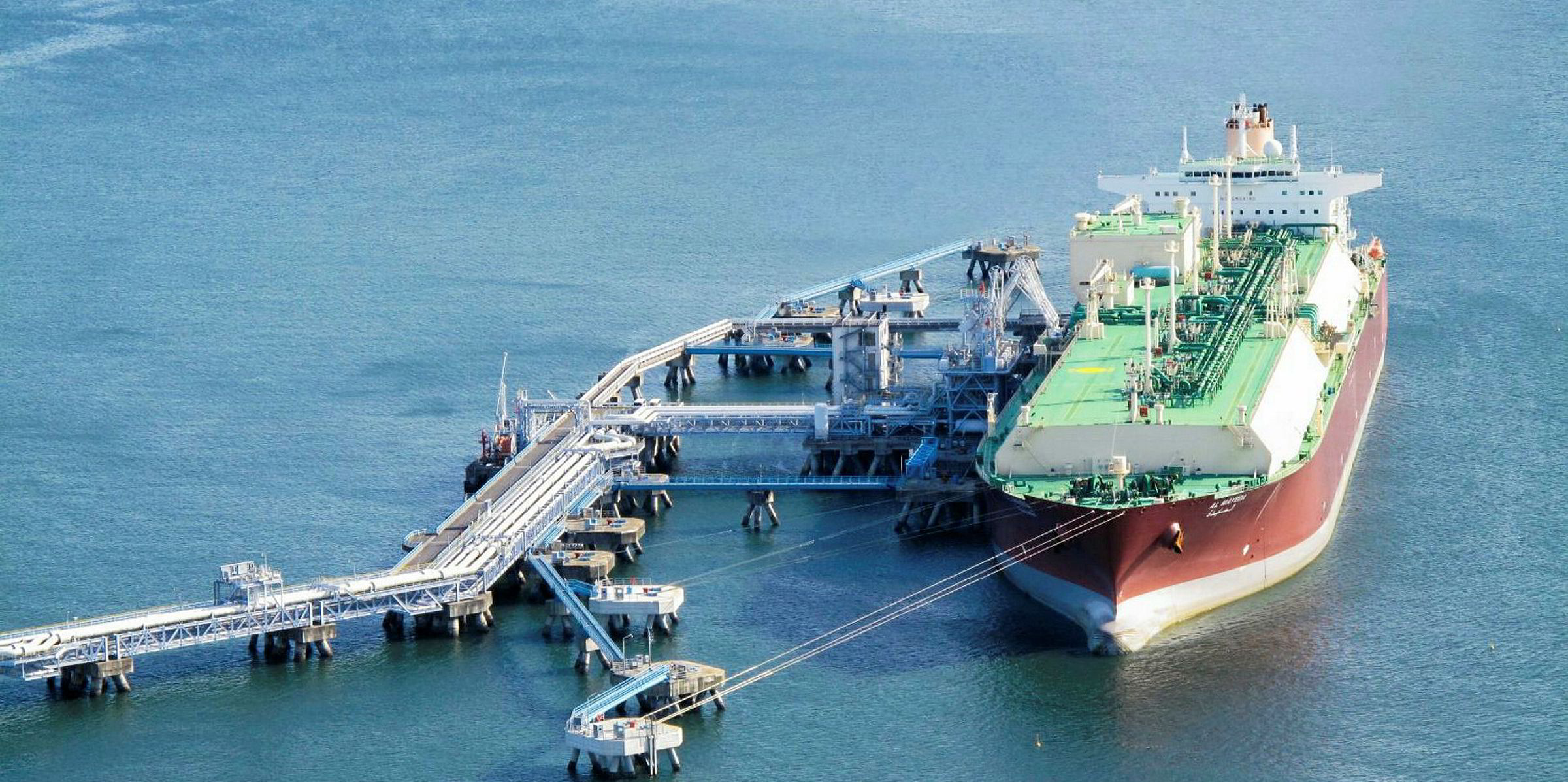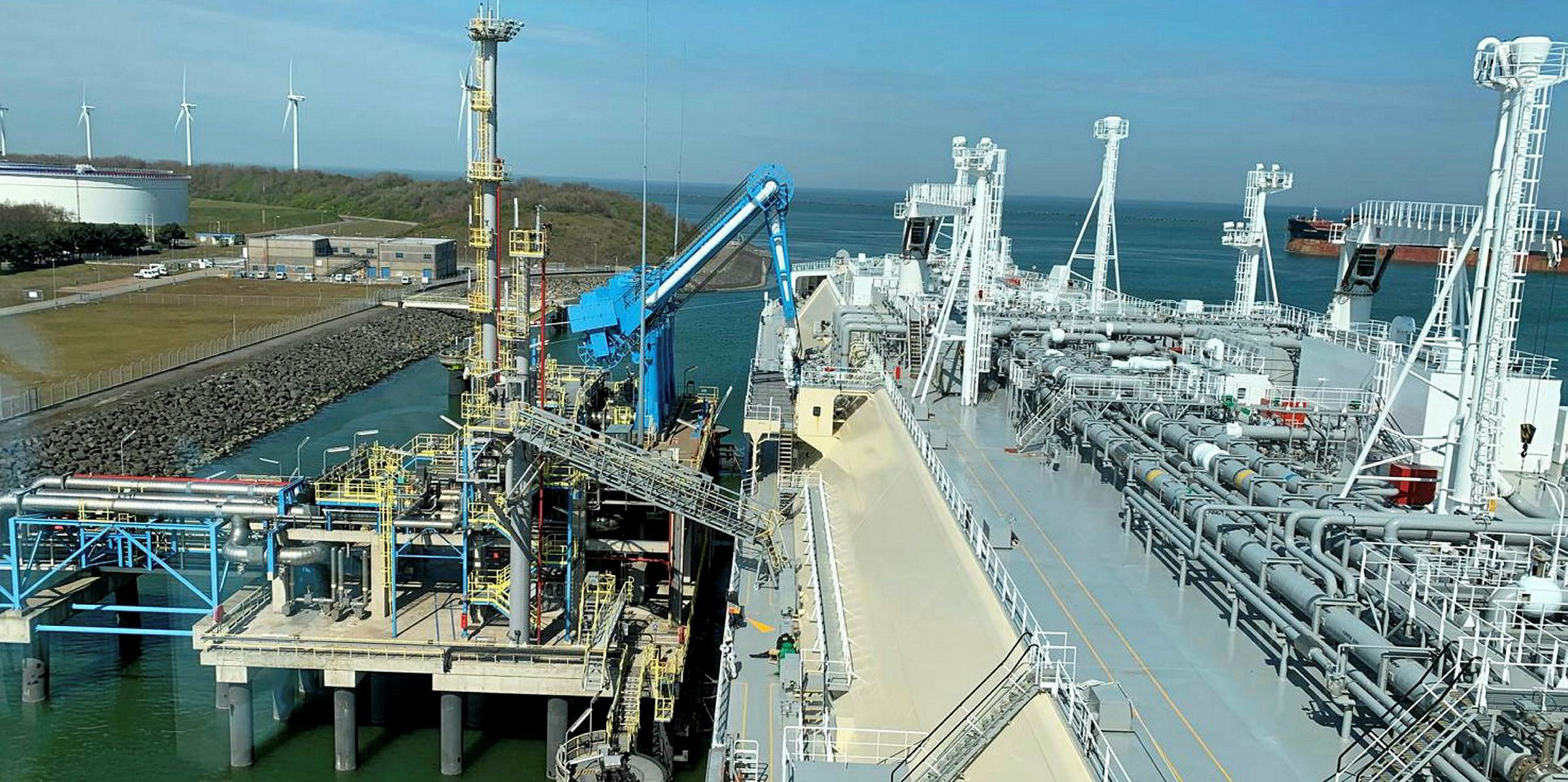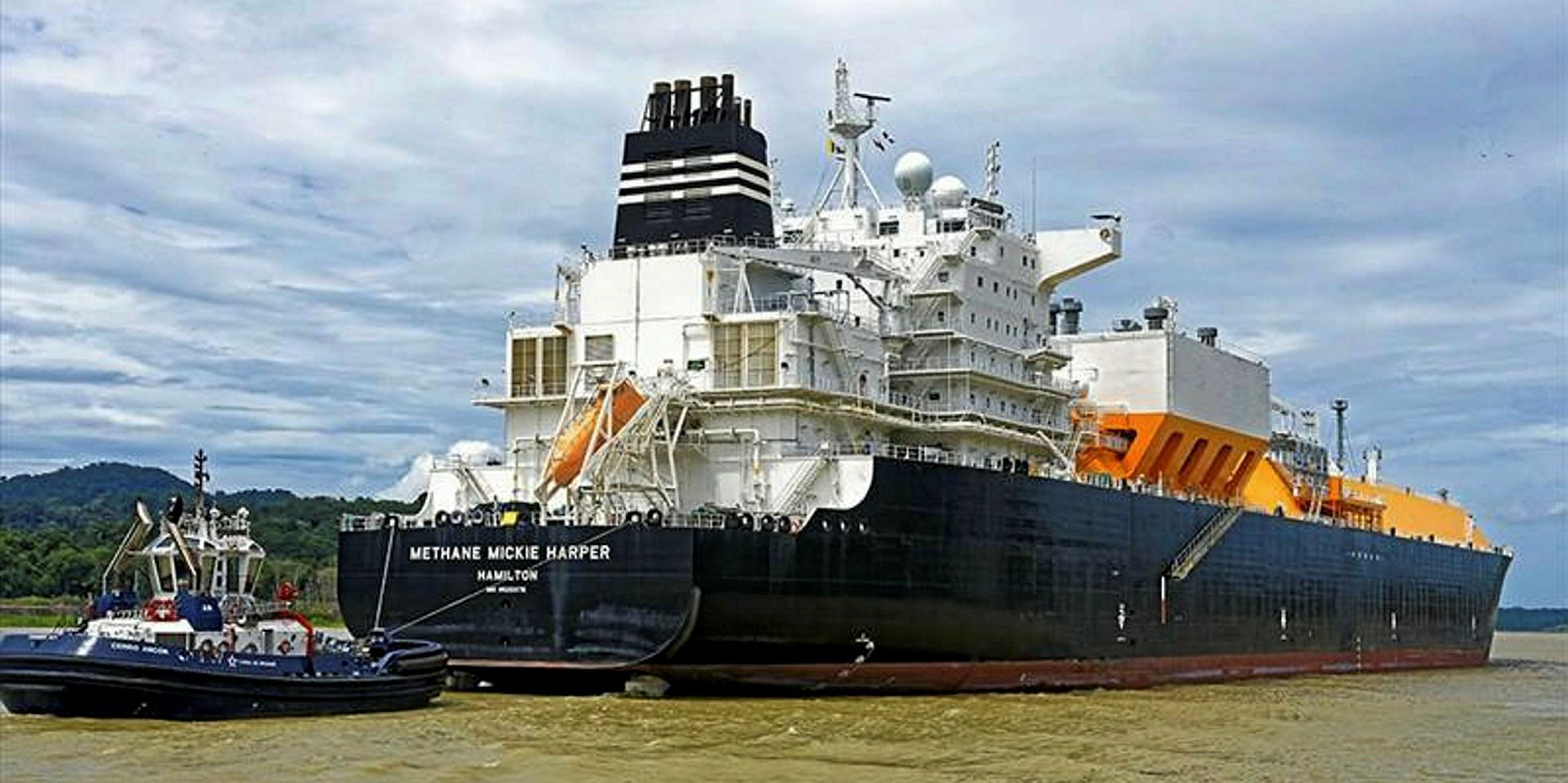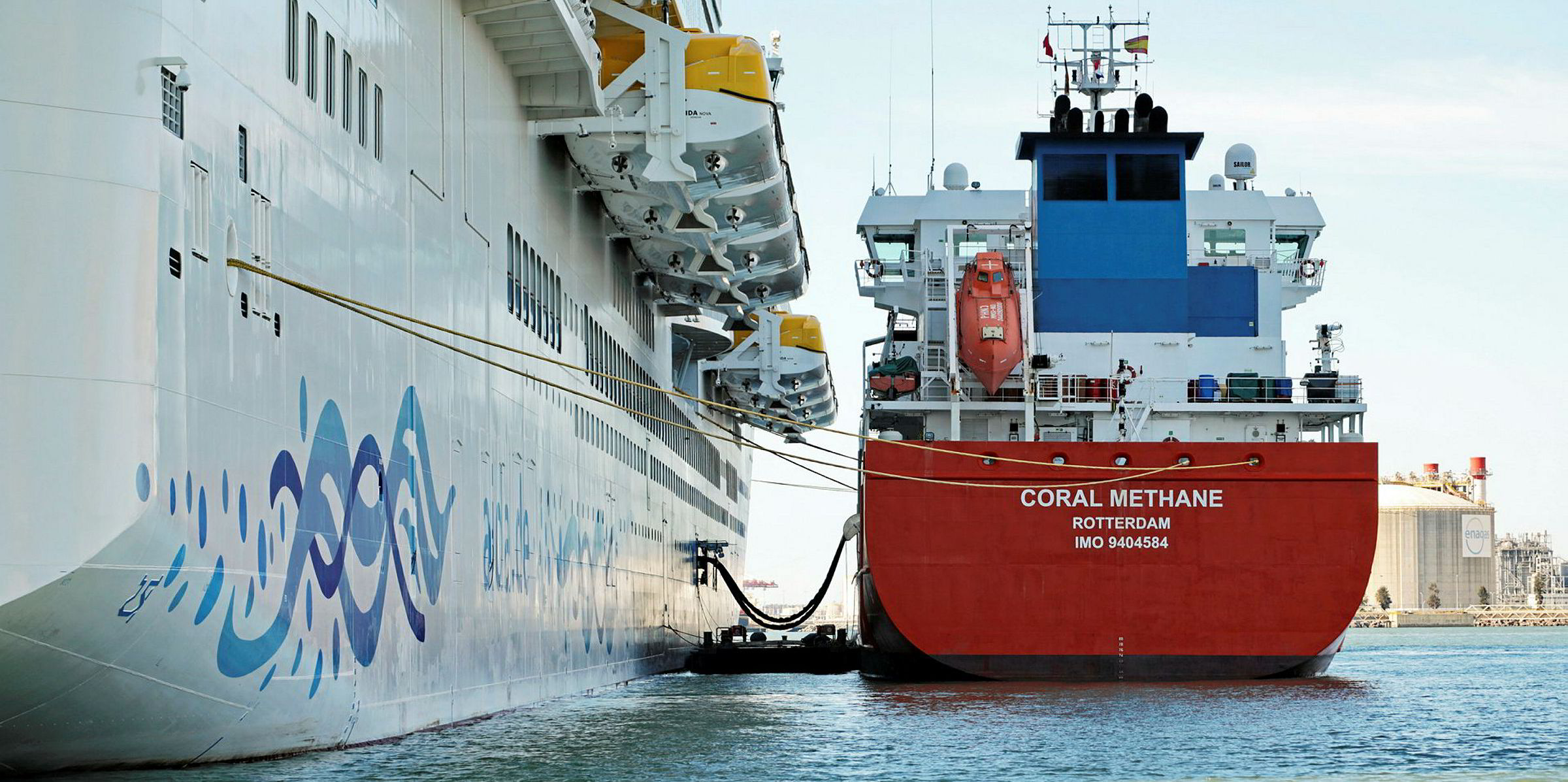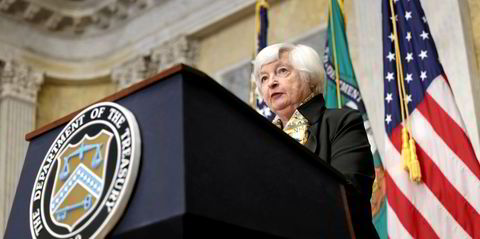Global LNG trade growth is expected to shrink to 1% this year from a strong 12% seen in 2019 in the fallout from the Covid-19 pandemic and the ongoing climate of low gas prices, according to Clarksons Research.
In its annual LNG market report, which was published on Tuesday, the research arm of shipbroking giant Clarksons said its initial expectations for 2020 were for 7% trade growth with low gas prices already weakening sentiment for the year.
But despite volumes growing by around 10% in the first quarter of this year, the impacts from the Covid-19 pandemic pushed second quarter volumes lower, the firm said in the LNG Trade & Transport 2020 report.
Clarksons flagged up the lower global energy demand, historically low gas and LNG prices and stalling of project sanctions.
The firm estimates that over 170 million tonnes per annum of LNG projects scheduled to take a final investment decision have now been delayed.
“Our current projections suggest that trade growth will slow to just 1% across 2020, before recovering next year,” the report said, describing the fundamentals in the LNG carrier sector for the year as "challenging".
But it added that despite the challenges, there remains “good long-term growth potential”.
'Stop-start'
Clarksons Research managing director Steve Gordon said the LNG industry has a “stop-start” history with trade also stalling in 2012 through 2015, 2008, the early 1990s and the 1980s.
Existing liquefaction capacity: 443 mtpa
Under-construction new liquefaction: 100 mtpa
New liquefaction in FEED: 364 mtpa
Global regasification capacity: 905 mtpa
Under construction regas capacity: 142 mtpa
Proposed projects: 159 mtpa
FSRUs: 39, comprising 11% of global regas capacity
LNG fleet: 603 vessels
Orderbook: 138 units, 23% of fleet capacity
Source: Clarksons Research. All figures from the start of June
The report flags up other new complexities such as long-term off-takers not lifting volumes, the re-selling of cargoes, growing inventories, and some attempts to re-negotiate long-term LNG contracts.
Gordon said that managing the uneven LNG trade development remains a challenge for the shipping industry, with more of the risk now falling on independent shipowners.
He highlighted that 73% of the fleet of the global LNG fleet is now controlled by independent shipowners, up from 58% 10 years ago. Also, around one third of the current $23bn LNG newbuilding backlog is uncommitted, and the trend is towards shorter long-term charters of five to seven years and over 20% of the fleet trading in the spot market.
But the research chief remains upbeat about the longer-term prospects.
“Despite the current challenges, many underlying drivers across the LNG sector still seem to be 'in play' with the project profile suggesting another 'wave' of export start-ups from the middle of the decade,” Gordon said. “Good potential remains for significant, albeit uneven, growth for the LNG shipping sector.”
Fleet growth
Clarksons said the LNG fleet will grow by 5.3% this year and 9% in 2021.
The brokerage said just six LNG vessels were ordered in the first half of this year but some project-related orders could still materialise in the short term. South Korean yards account for 93% of the LNG orderbook.
“Fleet renewal, given the major propulsion changes of the past decade, is also likely to come into sharper focus,” the report said, particularly as 40% of the fleet are steam turbine vessels and newer engine designs offer lower methane slip.
Clarksons said the small-scale LNG sector is expanding with import capacity currently at 8.7 mtpa, plus a further 6.2 mtpa under construction.
The research team sees potential for increased LNG bunker vessel orders with bunkering facilities now established in 118 ports and under development in 90.
Clarksons said the uptake of LNG as a fuel has “gained traction” with 22% of the gross tonnage on order now LNG-fuel capable.
The broking house was less bullish on prospects for floating storage and regasification units and the floating liquefaction business.
The report said the weaker trade volumes and fleet expansion have pushed down charter rates. Clarksons estimates that the spot rate for a 160,000-cbm dual-fuel diesel-electric (DFDE) vessel averaged at nearly $45,800 per day in first half 2020, down 12% on the same period of last year. Rates hit a four-year low at the start of June before reviving slightly this month.
The brokerage estimates average LNG carrier speeds will drop this year and vessels will be used for floating storage driven by the developing price contango.
Clarksons has cut its secondhand price estimates for a five-year-old, 160,000-cbm DFDE vessel to $154m from $158m at the start of the year.

